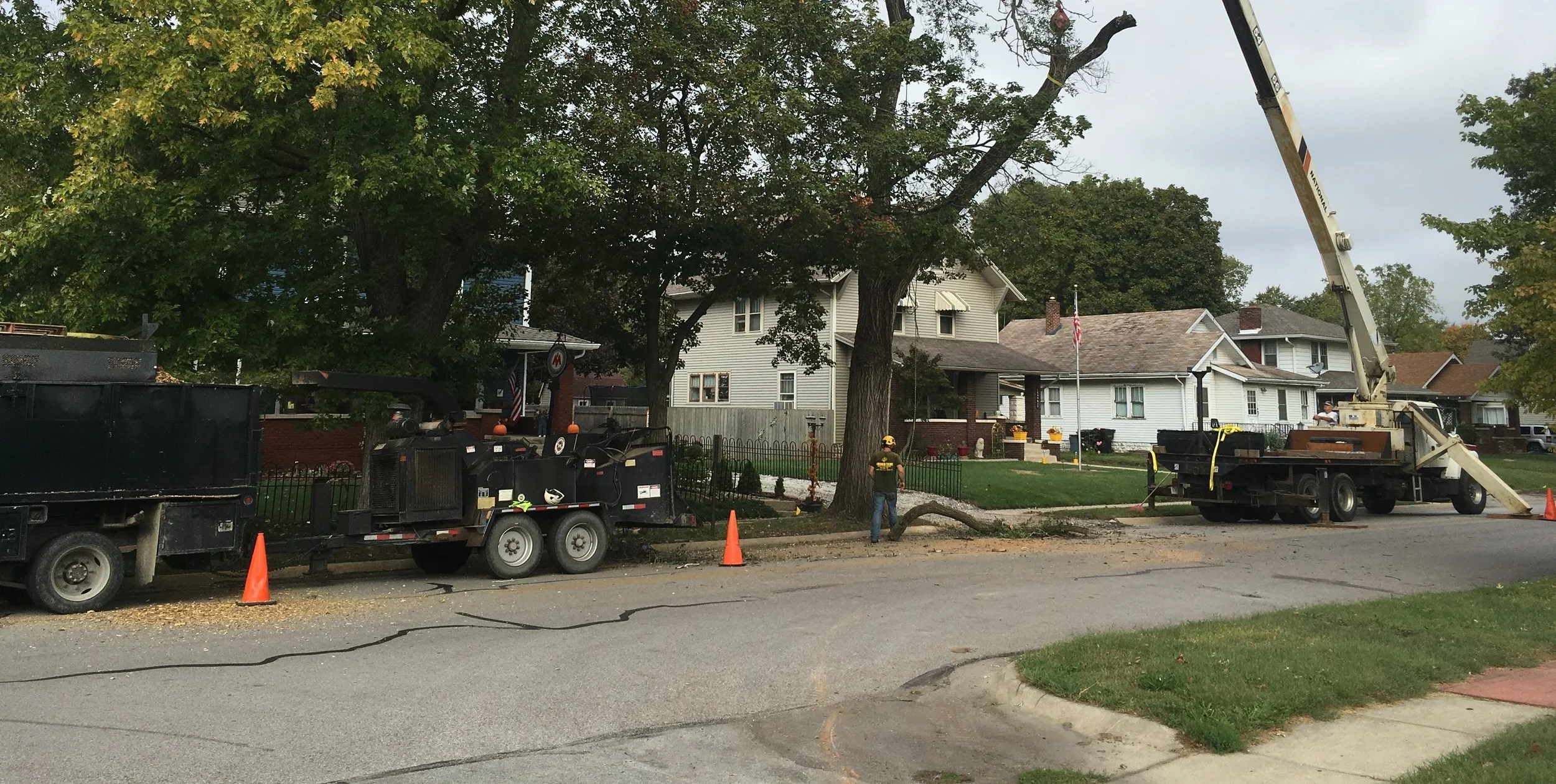How Wildlife Interacts With Your Trees in Winter
/Even though the temperatures drop, your trees stay busy! In fact, winter is one of the most active times for wildlife around your yard, especially when it comes to trees. From squirrels storing snacks to birds seeking shelter, your landscape becomes an essential part of the seasonal ecosystem.
Keep in Mind: Not all wildlife activity is harmful and much of it is actually healthy. Small woodpecker holes usually indicate insects, not tree problems, and occasional squirrel nibbles are easily handled by a healthy tree. Dropped twigs are just part of natural winter shedding, and footprints or wildlife trails are harmless unless deer are repeatedly browsing young trees.
Here’s a look at who’s visiting your trees in winter, what’s normal, and what you may want to protect.
Squirrels
Nest in tree cavities or leafy dreys
Clip twigs for nests or nibble on buds
Birds
Use trees for shelter and perching
Hunt insects hiding in bark
Woodpeckers and other birds can actually help keep your trees healthy!
Deer
Browse buds and twigs
Rub antlers on young trunks
Trample soil around roots
Protect young trees with temporary fencing or tree guards.
Rabbits and Mice
Chew and feed on the bark, near the ground level.
Mouse damage is usually more severe when the trees are surrounded by heavy grass, weed cover or heavy mulch.
Insects
Some insects stay active in bark or leaves.
Have questions? Browning Tree Service employs Joshua Browning ISA certified arborist license #KY-9849A who is a proud member of Indiana Arborist Association and International Society of Arboriculture, serving the West Lafayette and Lafayette, Indiana area.
Resources:










